Moore: Fitch’s Providence Downgrade is Overdue
Tuesday, February 09, 2016
Fitch, one of the so-called “big three ratings agencies," decided to downgrade the City of Providence’s credit rating to BBB-. That’s just one notch above junk bond status.
The ratings downgrade, reflects the fact that “the city continues to face financial challenges as a result of limited revenue growth relative to increasing spending needs,” according to Fitch’s website.
Those increased spending needs are the gargantuan pension and OPEB (retiree health care) liabilities that hang over the city like an albatross. As of June 30th last year, the city had just 28% of the assets it would need to cover the liabilities of the pension system. That number was arrived at using a high expected rate of return of 8.25 percent. The funded ration declines to just 25 percent using a more modest 7 percent return, according to Fitch.
GET THE LATEST BREAKING NEWS HERE -- SIGN UP FOR GOLOCAL FREE DAILY EBLASTThe OPEB Liabilities are even worse. As of July of 2014, the city’s OPEB liability was roughly $980 million dollars. That’s the root of the problem in Providence. The legacy costs for retirees are weighing the city down.
No Surprise
But none of this should come as a surprise to anybody following the capital city’s financial situation. Folks like GoLocalProv Guest MINDSETTER™ Michael Riley, and former Department of Administration Director Gary Sasse have been pointing this out for years. It seems disingenuous for people to start acting like this is some kind of a big deal now that Fitch has come forward and proclaimed the obvious.
The question remains as to why this downgrade wasn’t made at least 5 years ago.
Former Mayor Angel Taveras likes telling people that he saved the city from bankruptcy. I don’t blame him. It sounds good. The problem, however, is that he did not. What Taveras did was push the problem far enough off into the future. That allowed him to run for Governor and then hand the problem off to his successor.
Angel’s Handoff
His opponent and current Governor Gina Raimondo wisely pointed this fact out during the 2014 campaign. But it is frustrating that Raimondo knows Providence is in dire financial condition, but has done nothing to correct it. Raimondo should call for a plan to address the city's legacy costs.
It stands to reason that people like Raimondo, and House Speaker Nicholas Mattiello should be up in arms about the downgrade since both of them have such concern for downgrades. Keep in mind: that’s the reason we’re paying the 38 studios bonds—fear of a downgrade. But I wouldn’t hold your breath waiting for either of these two to call for corrective measures in Providence.
In a sense, the downgrade by Fitch is probably a positive development for the city. There are so many people who still believe the ratings agencies are worthy of all this reverence and respect, despite their role in helping cause the financial crisis of 2008.
Fitch’s Credibility
Let’s not forget: these are the same people who rated the mortgage backed securities as AAA--among the best possible ratings. Those exotic financial instruments tanked, and the rest is history. Fitch will be the first to tell you that their opinions are just that—opinions.
I cannot be the only person who finds it disingenuous that when Riley (or me) points out these facts, people act like he’s just being negative. But now that the one of the ratings agencies comes forward some folks begin to act as if the sky is falling.
What’s also interesting about the Fitch downgrade is the fact that the city’s outlook was actually raised from negative to stable. It’s hard to imagine how the ratings can be considered stable at the same time it’s downgraded.
Bond Rates Rising
And let’s keep in mind that none of this actually sets bond rates. The market—what people are willing to pay for bonds--determines rates. Contrary to what Raimondo and Mattiello have told us, they’re not set by ratings agencies. Who could forget when, in 2011, after Standard & Poor’s downgraded the USA’s debt ratings, the bond rates actually fell!
I’m not saying that that’s going to be the case in Providence. But what I am saying is that sophisticated bond buyers already know what kind of shape our city is in before they buy bonds.
All that said, the downgrade will be a positive development for the city if Mayor Jorge Elorza, as well as state leaders, start to get serious about addressing the city’s long term legacy related liabilities. Only when that issue is addressed will Providence return to solid financial footing.
Russell Moore has worked on both sides of the desk in Rhode Island media, both on political campaigns and for newspapers. Send him email at [email protected]. Follow him on twitter @russmoore713.
Related Slideshow: Providence Pension Liability
A new report shows that Providence’s pension fund—even after the recent reform—is still in trouble. The below slides break out the key numbers for the pension fund, including the unfunded liability, the assumed and actual rates of return, the current level of benefits, and how long it will take the city to pay off the unfunded liability. Figures are current as of July 1, 2013 and are taken from the new Jan. 31 actuarial report from Segal Consulting.
Related Articles
- Moore: Let Procaccianti Build a Hotel on Fountain Street
- Moore: Projo Kept Public In the Dark on 38 Studios
- Moore: RI is Too Poor To Bid For Pawsox
- Moore: Was Chafee’s Presidential Bid Successful?
- Moore: Toll Plan Will Radically Restructure RI Borrowing
- Moore: Speaker Mattiello Should Resign Over 38 Studios
- Moore: RI’s 38 Studios Economy Breeds Unfairness
- Moore: Elorza’s Misguided Guatemalan Tour
- Moore: Senator Sheehan’s First Southwest Awakening
- Moore: RI Has Bigger Ethics Issues Than Lally’s Job
- Moore: Sounding the Alarm on Pension Fund Returns
- Moore: Elorza, Firefighters Must Reach Settlement on Platoon Shift
- Moore: Statewide Teacher Contract Will Benefit RI
- Moore: Unlike RI, Puerto Rico Takes on Ratings Agencies
- Moore: End Providence Pension Spiking
- Moore: GE Decision Shows RI Must Be Business Friendly
- Moore: Brookings Recommendations Would Be Costly
- Moore: “Rhode Island is Famous For You,” Buddy
- Moore: Rhode Island Needs a Holiday!
- Moore: Relocation Expert Says RI Can Lure GE
- Moore: Elorza’s Demotion of Fire Chief is a Head-Scratcher
- Moore: Bring Back The Dancing Cop
- Moore: Fix the 6-10 Connector For Freedom’s Sake
- Moore: My RI Christmas Wish List




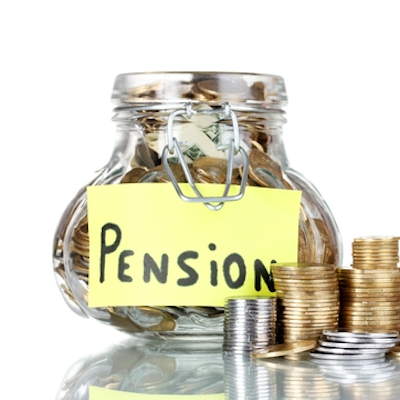


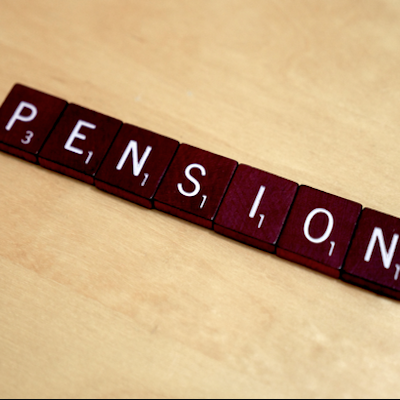

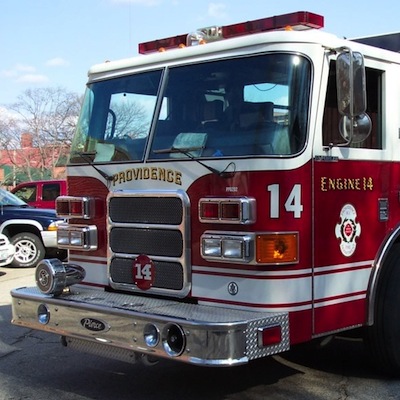
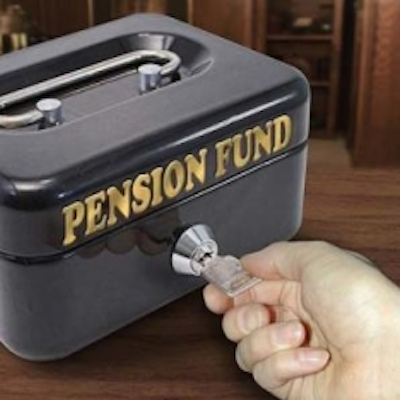


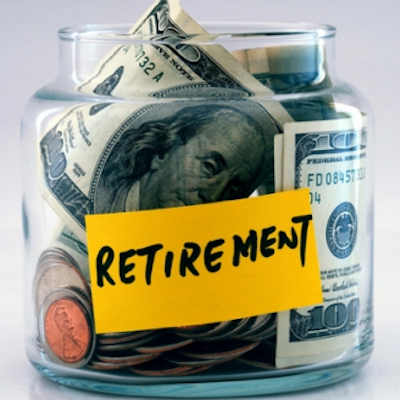
2013.png)
.png)

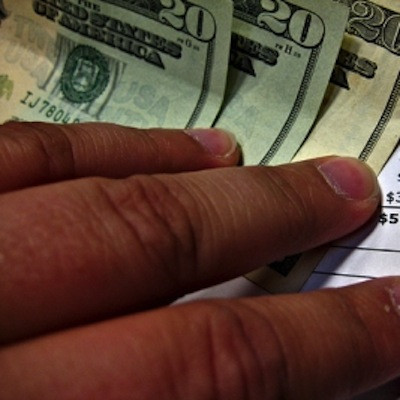











2013_80_80_c1.png)
_80_80_c1.png)



